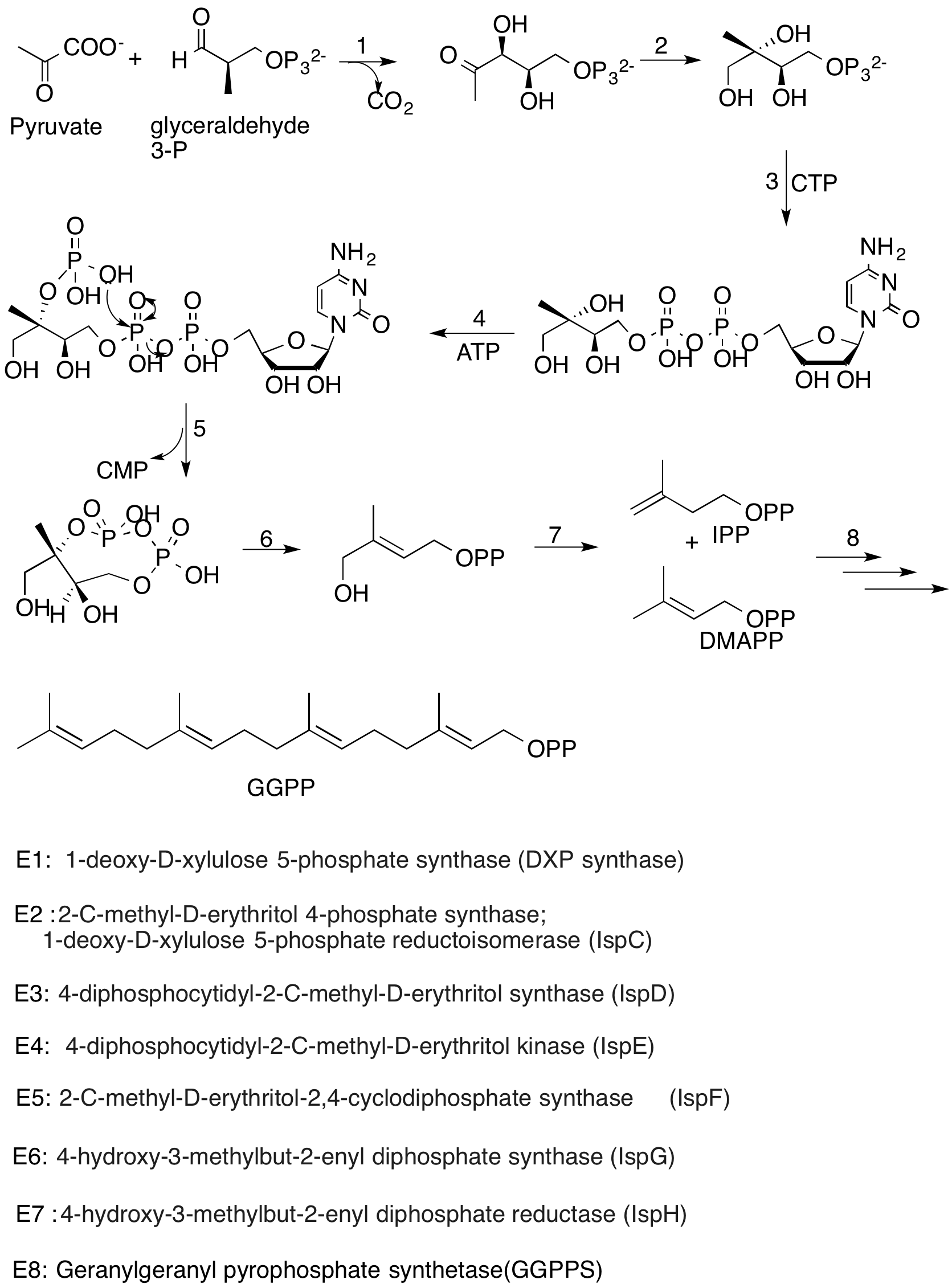Steviol on:
[Wikipedia]
[Google]
[Amazon]
Steviol is a

{{cite journal , author1=Dolder, Fred , author2=Lichti, Heinz , author3=Mosettig, Erich , author4=Quitt, Peter , title = The structure and stereochemistry of steviol and isosteviol , journal = Journal of the American Chemical Society , year = 1960 , volume = 82 , pages = 246–247 , doi = 10.1021/ja01486a054
PubChem summary of steviol molecule
Diterpenes Cyclopentanes Vinylidene compounds
diterpene
Diterpenes are a class of chemical compounds composed of four isoprene units, often with the molecular formula C20H32. They are biosynthesized by plants, animals and fungi via the HMG-CoA reductase pathway, with geranylgeranyl pyrophosphate being ...
first isolated from the plant ''Stevia rebaudiana
''Stevia rebaudiana'' is a plant species in the genus ''Stevia'' of the family Asteraceae. It is commonly known as candyleaf, sweetleaf or sugarleaf.
It is a small seasonal plant which grows to a height of . It has elongated leaves that grow al ...
'' in 1931. Its chemical structure was not fully elucidated until 1960.
Steviol occurs in the plant as steviol glycoside
Steviol glycosides are the chemical compounds responsible for the sweet taste of the leaves of the South American plant '' Stevia rebaudiana'' (Asteraceae) and the main ingredients (or precursors) of many sweeteners marketed under the generic na ...
s, sweet compounds that have found widespread use as sugar substitutes. The aglycon An aglycone (aglycon or genin) is the compound remaining after the glycosyl group on a glycoside is replaced by a hydrogen atom. For example, the aglycone of a cardiac glycoside would be a steroid molecule.
Detection
A way to identify aglycone ...
is prepared by enzymatic hydrolysis, since upon acid treatment steviol will undergo Wagner-Meerwein rearrangement to the very stable isosteviol.
Biosynthesis
In ''Stevia rebaudiana'', the biosynthesis of steviol is confined to green tissues. The precursors of steviol are synthesized via the non-mevalonate pathway located in plant cellplastids
The plastid (Greek: πλαστός; plastós: formed, molded – plural plastids) is a membrane-bound organelle found in the cells of plants, algae, and some other eukaryotic organisms. They are considered to be intracellular endosymbiotic cyanobac ...
, which produces isopentenyl pyrophosphate
Isopentenyl pyrophosphate (IPP, isopentenyl diphosphate, or IDP) is an isoprenoid precursor. IPP is an intermediate in the classical, HMG-CoA reductase pathway (commonly called the mevalonate pathway) and in the ''non-mevalonate'' MEP pathway of i ...
(IPP) and dimethylallyl pyrophosphate
Dimethylallyl pyrophosphate (DMAPP; or alternatively, dimethylallyl diphosphate (DMADP); also isoprenyl pyrophosphate) is an isoprenoid precursor. It is a product of both the mevalonate pathway and the MEP pathway of isoprenoid precursor biosynt ...
(DMAPP). IPP and DMAPP are converted to geranylgeranyl diphosphate (GGDP), which is the precursor of many diterpenoids, by GGDP synthase. GPDP is made into a cyclic compound
A cyclic compound (or ring compound) is a term for a compound in the field of chemistry in which one or more series of atoms in the compound is connected to form a ring. Rings may vary in size from three to many atoms, and include examples where ...
, copalyl diphosphate (CDP), by CDP synthase, after which kaurene is produced by another cyclization catalyzed by kaurene synthase.
The kaurene is then transferred to the endoplasmic reticulum, where it is oxidized to kaurenoic acid by kaurene oxidase in a reaction that uses up oxygen and NADPH. Then steviol is produced by hydroxylation. The steviol is subsequently glycosylated
Glycosylation is the reaction in which a carbohydrate (or ' glycan'), i.e. a glycosyl donor, is attached to a hydroxyl or other functional group of another molecule (a glycosyl acceptor) in order to form a glycoconjugate. In biology (but not ...
in the cytoplasm.

References
External links
PubChem summary of steviol molecule
Diterpenes Cyclopentanes Vinylidene compounds